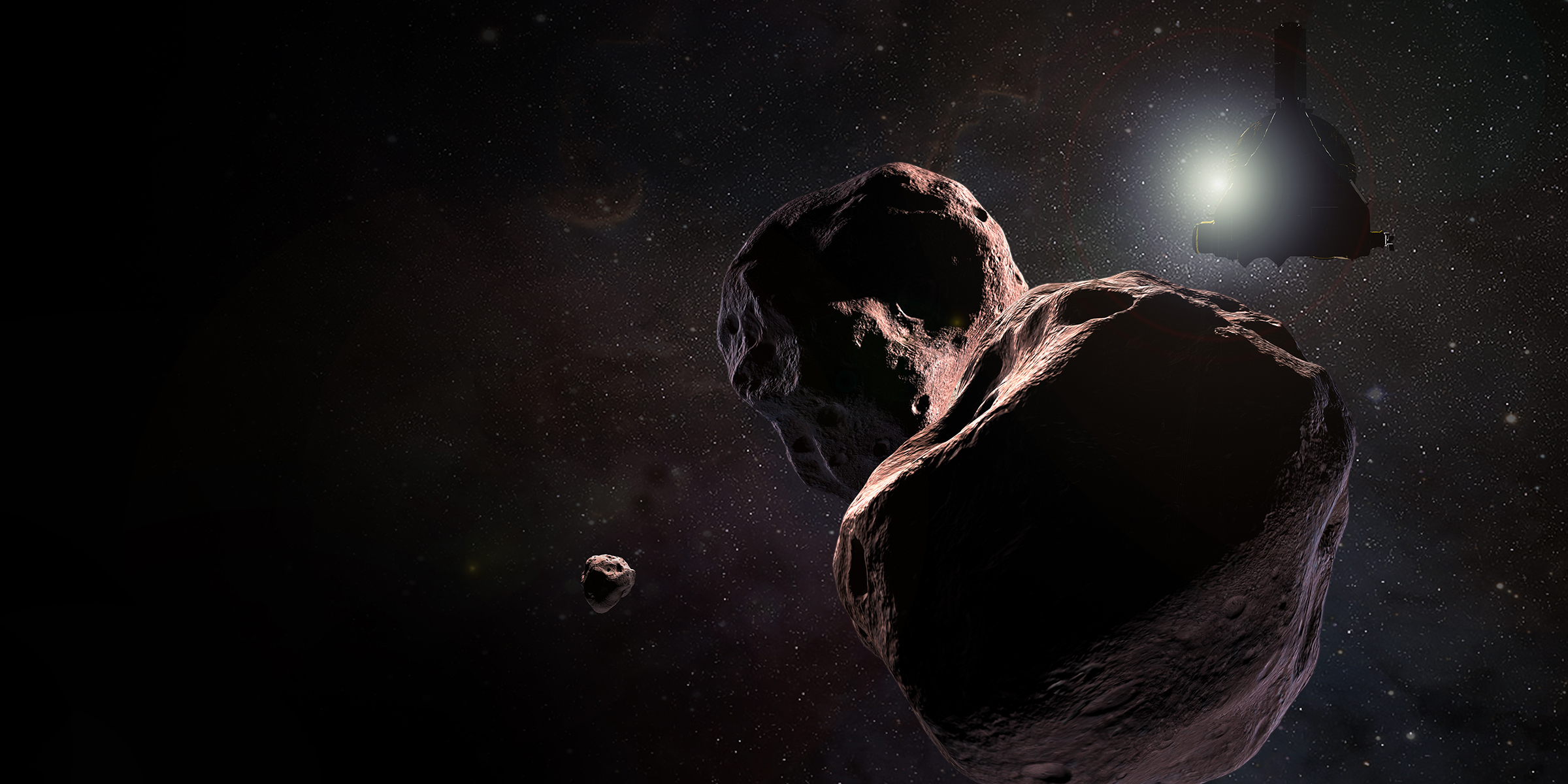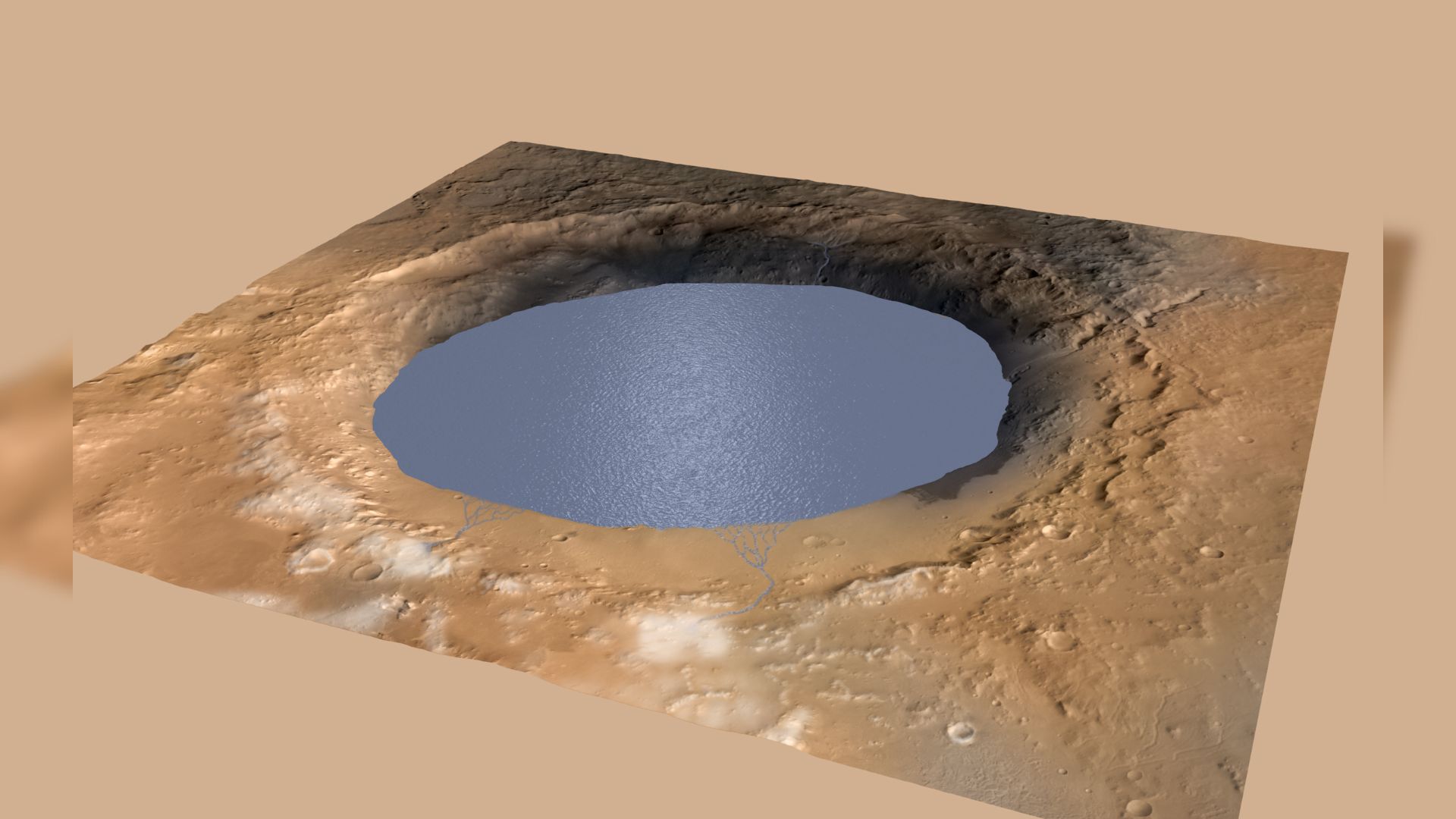New Horizons, Meet Ultima Thule: Probe's Next Target Gets a Nickname

The New Horizons spacecraft's next flyby target now has a nickname befitting the object's exotic nature and locale.
On Jan. 1, 2019, the NASA probe will zoom by a small object officially known as 2014 MU69, which lies about 1 billion miles (1.6 billion kilometers) beyond the orbit of Pluto. In the process, MU69 will become the most distant object ever observed up close.
But we don't have to call it MU69 anymore. The New Horizons team has just nicknamed the body Ultima Thule, a term used in medieval times to mean "beyond the known world." (Thule was a location in far northern Europe hazily invoked by the ancient Greeks and Romans. Over the years, the term apparently referred to a number of different places, including Norway, Ireland and Iceland.) [Destination Pluto: NASA's New Horizons Mission in Pictures]
"MU69 is humanity's next Ultima Thule," New Horizons principal investigator Alan Stern, from the Southwest Research Institute in Boulder, Colorado, said in a statement.
"Our spacecraft is heading beyond the limits of the known worlds, to what will be this mission's next achievement," Stern added. "Since this will be the farthest exploration of any object in space in history, I like to call our flyby target Ultima, for short, symbolizing this ultimate exploration by NASA and our team."
Stern and his colleagues settled on Ultima Thule after reviewing nicknames proposed and voted on by the public during an outreach campaign that ran from November through December 2017. About 115,000 people around the world participated, submitting 34,000 names, NASA officials said.
The mission team narrowed this huge pool down to 29 finalists, ultimately choosing Ultima Thule, which was proposed by about 40 different people.
Breaking space news, the latest updates on rocket launches, skywatching events and more!
"We are grateful to those who proposed such an interesting and inspirational nickname," New Horizons team member and naming campaign leader Mark Showalter, of the SETI (Search for Extraterrestrial Intelligence) Institute in Mountain View, California, said in the same statement. "They deserve credit for capturing the true spirit of exploration that New Horizons embodies."
The team didn't go with the top vote-getter in the campaign; if they had, we'd be calling MU69 "Mjolnir," the name of Thor's hammer in Norse mythology (and the Marvel universe). But Ultima Thule was up there. It came in seventh, ranking just above "Tiramisu." You can see the results here: http://www.frontierworlds.org/vote-tally
To be clear: Ultima Thule is merely a nickname. After the 2019 flyby, New Horizons scientists will work with NASA and the International Astronomical Union to come up with a new official name for the object, mission team members said.
Ultima Thule is an odd, mysterious object. In fact, scientists don't even know if it's a single body; it may be two close-orbiting objects, each of which is about 12 miles (19 km) wide, New Horizons team members have said.
The Jan. 1 encounter will be the second close flyby for the $700 million New Horizons mission. The spacecraft famously flew by Pluto on July 14, 2015, capturing the first-ever good looks at that distant, frigid and complex world.
Follow Mike Wall on Twitter @michaeldwall and Google+. Follow us @Spacedotcom, Facebook or Google+. Originally published on Space.com.

Michael Wall is a Senior Space Writer with Space.com and joined the team in 2010. He primarily covers exoplanets, spaceflight and military space, but has been known to dabble in the space art beat. His book about the search for alien life, "Out There," was published on Nov. 13, 2018. Before becoming a science writer, Michael worked as a herpetologist and wildlife biologist. He has a Ph.D. in evolutionary biology from the University of Sydney, Australia, a bachelor's degree from the University of Arizona, and a graduate certificate in science writing from the University of California, Santa Cruz. To find out what his latest project is, you can follow Michael on Twitter.
